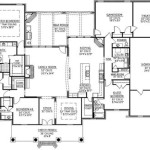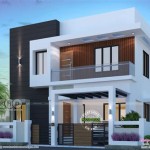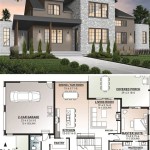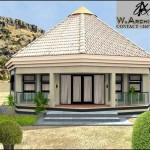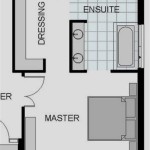Essential Aspects of Hill Top Home Plans
Building a home on a hilltop offers breathtaking views and a sense of grandeur, but it also presents unique challenges that require careful planning. Here are some essential aspects to consider when designing hilltop home plans:
Site Assessment
Thoroughly assess the site before commencing design. Consider the terrain's slope, orientation, soil conditions, vegetation, and any potential geological hazards. This assessment will inform decisions regarding foundation design, excavation, and drainage.
Foundation Design
Slope stability is crucial for hilltop homes. Proper foundation design ensures structural integrity and prevents erosion. Options include engineered slabs, pier-and-beam foundations, and basements. The type of foundation selected will depend on the soil conditions and the extent of the slope.
Excavation and Drainage
Excavation is essential to level the building site. Careful planning is required to minimize erosion and ensure proper drainage. Drainage systems, such as French drains and culverts, must be installed to redirect water away from the foundation.
Access and Circulation
Access to the hilltop home is a key consideration. Design a driveway that allows for safe and efficient entry and exit. Plan for parking areas and consider additional access points for maintenance and emergency services.
Orientation and Views
Maximize the home's orientation to take advantage of stunning views. Position windows and balconies strategically to capitalize on panoramic vistas. Consider the movement of the sun and prevailing winds to optimize natural light and ventilation.
Structural Considerations
Hilltop homes experience greater wind loads and require robust structural design. Ensure the roof, walls, and windows are engineered to withstand high winds. Proper bracing and anchor systems are essential to maintain the home's structural integrity.
Energy Efficiency and Sustainability
Hilltop homes face unique energy challenges due to exposure to wind and cold temperatures. Incorporate energy-efficient measures, such as insulation, double-glazed windows, and geothermal heating systems. Consider sustainable materials and renewable energy sources to reduce the home's environmental footprint.
Materials and Finishes
Choose materials and finishes that withstand harsh weather conditions. Consider using durable siding materials, impact-resistant windows, and weather-resistant decks. Select finishes that complement the surrounding environment and enhance the home's aesthetic appeal.
Collaboration and Expertise
Working with experienced architects and engineers is essential for successful hilltop home design. Their expertise will ensure that the home is both beautiful and structurally sound. Open communication and collaboration throughout the design process are crucial to achieve the desired outcome.
By considering these essential aspects, you can create a hilltop home that not only captures the breathtaking views but also provides a safe, comfortable, and sustainable living space.

Hilltop Ross Chapin Architects

Hillside And Sloped Lot House Plans

Strafford Vt Hilltop Farmhouse American Post Beam Homes Modern Solutions To Traditional Living

Hillside House Plans With Garages Underneath Houseplans Blog Com

Hillside And Sloped Lot House Plans

Modern House On A Hill Design Concepts For Sustainable Living

The Architect Split Level House Built On Steep Slope Description From Kathabuzz Co Into Hillside Architecture Unique Plans

Modern House On A Hill Design Concepts For Sustainable Living

1855 Hill Top Ranch Plan B E Schafer Custom Homes

Modern House On A Hill Design Concepts For Sustainable Living


